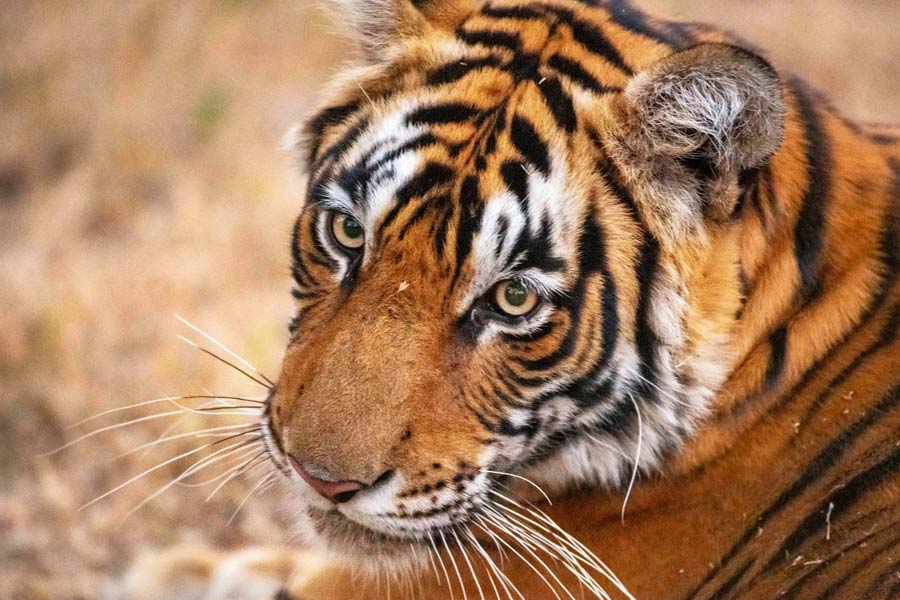 |
The other night, I woke up hearing a strange animal sound. It wasn’t a growl or a purr, but sounded like a whine and a bark put together. It rose and fell, and as soon as it stopped, dogs started to bark, raising a frightful din. Then, silence descended, slowly.
I have moved into a new neighbourhood a few days back. That night, even as everything went absolutely still, I lay thinking, not about the new (or the old) house or whether I would have meddlesome neighbours with noisy children, but about that sound. I realised, later, that I had heard a jackal, after many years.
Now if this was the Elizabethan period, I would have been alarmed. Whining foxes or hooting owls were considered to be portentous. But my discomfiture had nothing to do with superstition. I was surprised that it had taken me a while to recognise a sound which was familiar to me in my childhood.
I had grown up in a city suburb. With its garish housing societies, hyper-markets and belching vehicles on narrow roads, the quaint place now resembles Dante’s hell.
But I had seen it in a different time, and in a different light. It once had vast open spaces, a smatter of houses with merry people, and a few buses that plied on wide roads. There were trees that cast thick shade in the hot summer, orange butterflies that flew with chequered wings, and a lonely jackal, which lived somewhere nearby.
As a child, I used to see it often on wintry nights. It sat on its hind legs, pushing its bushy tail underneath, with its nose pointed to the night sky. That was how I learned that the jackal is sagely, and not cunning as fairy tales would have me believe.
A burgeoning city stealthily turns fact into fiction by effacing the past’s sights, sounds and smells, thereby rendering them unreal. So it has been with many things: for instance, the sight of a full moon peeping behind palm trees, their branches turning golden, one by one, or the croaking orchestra of frogs on rainy nights, or the whiff of a strange perfumed evening flower.
The “Sixth Extinction”, according to environmentalists, is the biggest in earth’s history, accounting for nearly four life forms every hour.
Struggling in its grasp are exotic species in the wild, as well as those that are a part of our urban lives: the bee, the house sparrow, frogs and fish, several kinds of trees and flowers, and, of course, jackals. Only, the disappearance of the latter seems to be dangerously imperceptible, despite their importance in sustaining a city’s fragile ecological balance. It is imperative to save the tiger, but without forgetting the bee.
In fairy tales, jackals, wolves and foxes always survived with the help of their cunning. A dear old fox, whose coat had turned blue after he fell in a drum containing indigo, even managed to fool other animals and become the king of the jungle for a few days. Life isn’t quite like that outside the pages though.
I know the reason for the jackal’s anguished cry. The next morning, as I stepped on to the balcony, I saw in the distance, a monstrous shape being moulded in cement and mortar. It dwarfed everything around it — the trees, fields with bushes, and other houses — and seemed to pierce the sky. The city was creeping even closer, and the wise jackal must have sensed it too.
Unlike me, it was now his turn to search for a new home.
Have a view on the city? Send it to sundaymetro@abp.in











